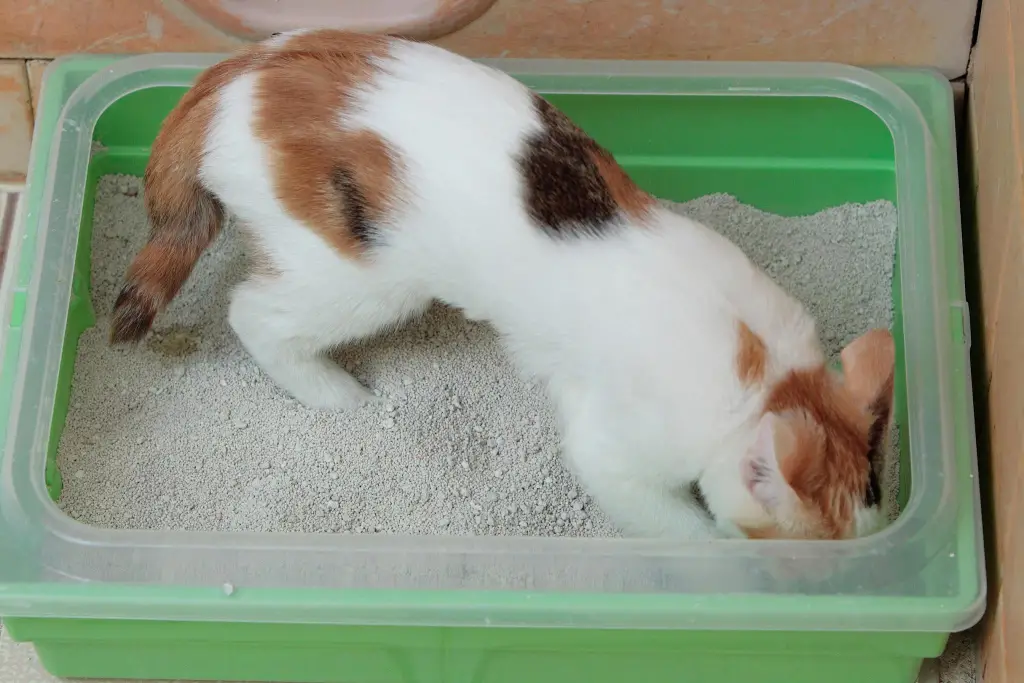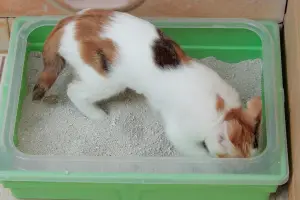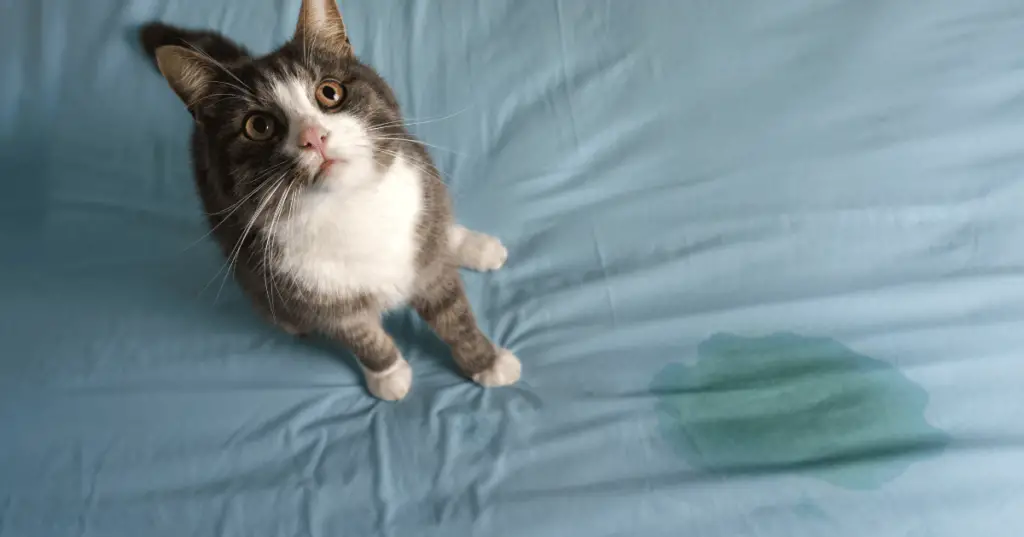How to keep the Dog out of the Cat Box
Sharing your love with both your cat and dog is a wonderful thing. There’s nothing quite like seeing your two favorite pals get on! But, alas, even the best of friends can encounter some. Let’s call them “sticky situations.” Picture this: you’re happily coexisting with your furry companions when, suddenly, you catch your beloved doggo with his nose buried where it shouldn’t be—in the kitty litter! It’s likely apparent that using cat litter for dogs isn’t good for their health!
Living in a household with multiple pets presents its own set of challenges. One common struggle is keeping your dog away from the messes left behind by your cat! Currently, there’s no known dog-proof litter box available, but who knows what innovations the future holds? Similarly, there’s currently no known dog-safe litter for them to snack on.
For generations, pet owners have grappled with the issue of dogs raiding the kitty litter, and there are numerous factors contributing to this behavior! However, the simple truth is that your dog is drawn to the kitty litter box because it carries the scent of cat food. We’re all familiar with how dogs are innate scavengers, always eager to snag an extra treat or two. Naturally, this habit isn’t ideal for pet parents, and it can also unsettle our feline friends.
Understanding the Issue
Why Dogs are Attracted to Litter Boxes
Dogs are curious creatures, and they’re naturally attracted to the scent and feel of cat litter. To them, it’s like a mysterious treasure box waiting to be explored or even tasted! Plus, some dogs see the litter box as a convenient spot to do their business, especially if they’re not keen of ongoing outside.
However, letting your dog get into the litter box can lead to some serious problems. For one, they might end up munching on the litter, which can upset their stomach or even block their intestines. Yikes! And if they come into contact with cat poop, they could pick up some nasty parasites or bacteria, causing them to get sick. So, while it might be tempting for your furry friend, it’s best to keep them away from the litter box to keep them safe and healthy.
Keeping Your Dog Out of the Cat Litter Box: A Step-by-Step Guide
If you’re tired of your dog’s unwanted visits to the litter box, here’s a detailed guide to help you tackle the issue effectively:
1. Set Up a Barrier
To keep your dog out of the litter box, start by setting up a physical barrier using a pet gate or baby gate. Position the gate in the doorway of the room where the litter box is located to prevent your dog from entering. Ensure that the gate is tall enough to deter your dog from jumping over it and sturdy enough to withstand any attempts to push through. Consider using a gate with a door or latch for easy access when needed, such as during cleaning or when allowing your cat to enter.
2. Choose the Right Box
Invest in an enclosed cat litter box designed to keep dogs out while allowing easy access for your cat. Look for a litter box with a low entrance that is only accessible to your cat, preventing your dog from reaching inside. Enclosed litter boxes often feature a hood or cover that provides privacy for your cat and helps contain odors. Choose a box size appropriate for your cat’s size and preferences, ensuring they have enough space to move comfortably while using the litter box.
3. Training Time:
Train your dog to stay away from the litter box using positive reinforcement techniques. Whenever you catch your dog showing interest in the litter box, redirect their attention to a more appropriate activity, such as playing with a toy or receiving a treat. Reward your dog with praise and treats when they obey commands to stay away from the litter box, reinforcing the desired behavior. Consistency is key in training, so be patient and persistent in teaching your dog to respect boundaries around the litter box.
4. Consult the Vet:
If your dog continues to exhibit unwanted behavior around the litter box despite your efforts, consult with your veterinarian for further guidance. Your vet can help rule out any underlying medical conditions or behavioral issues contributing to your dog’s behavior. They may recommend additional training techniques or behavior modification strategies tailored to your dog’s specific needs. Working closely with your vet can help address the root cause of the problem and develop a plan to effectively manage your dog’s behavior.
5. Keep It Clean:
Maintain a regular cleaning schedule for the litter box to make it less appealing to your dog. Scoop the litter box daily to remove waste and clumps, and replace the litter as needed to keep it fresh and odor-free. Consider using a litter box liner or disposable tray for easy cleanup and disposal of waste. Clean the litter box and surrounding area with pet-safe cleaning products to eliminate odors and bacteria that may attract your dog. Keeping the litter box clean and hygienic will help discourage your dog from accessing it and promote good litter box habits for your cat.
6. Location
Choose a strategic location for the litter box that is inaccessible to your dog but easily accessible to your cat. Place the litter box in a quiet and secluded area of your home where your cat feels comfortable and safe. Consider using a room with a door that can be closed to prevent your dog from entering, or elevate the litter box on a shelf or platform out of your dog’s reach. Avoid placing the litter box near areas frequented by your dog, such as their food and water bowls or favorite sleeping spots, to minimize temptation.
By following these steps and implementing preventive measures, you can effectively keep your dog out of the litter box and maintain a clean and hygienic environment for both your pets. Remember, consistency and patience are key when training your dog, so stay committed to reinforcing positive behaviors and addressing any challenges that arise along the way.
Providing Alternative Bathroom Options for Your Dog
When you’re trying to keep your dog out of the litter box, offering other places for them to go potty is key. Here’s how to do it:
- Outdoor Bathroom: Make a special spot in your yard where your dog can do their business. Take them there regularly and give them treats when they go potty outside. Use a command like “go potty” to help them understand what to do.
- Indoor Grass Patch: If going outside isn’t an option, try using an indoor grass patch or fake grass pad. These mimic the feel of real grass and give your dog a comfy place to go potty indoors. Put it in a convenient spot, like a bathroom or laundry room, and encourage your dog to use it.
- Puppy Pads: Puppy pads are absorbent pads that provide a spot for your dog to go potty indoors. Put them in a place your dog is used to going, like by the back door. Encourage them to use the pads by praising them when they do.
- Litter Box Training: Some dogs can be trained to use a litter box instead of going outside. Start by introducing them to the litter box and rewarding them when they use it. Be patient and consistent with training, and your dog will catch on.
By giving your dog other options for going potty, you can help keep them out of the litter box and maintain a clean home for both of you.
Conclusion
In wrapping up, it’s crucial to keep your dog away from the litter box for their well-being and the harmony of your home. Dogs are naturally curious, and the litter box might seem like a fun spot to explore or snack on. But, it’s not safe for them to eat litter or come into contact with cat poop.
To tackle this issue, understand why dogs are attracted to litter boxes and take steps to prevent access. Use barriers like pet gates, choose the right litter box, and keep it clean. Also, offer alternative bathroom options for your dog, like outdoor potty areas or indoor grass patches.
By following these simple steps, you can ensure a safe and clean environment for both your dog and cat, keeping everyone happy and healthy in your home.





